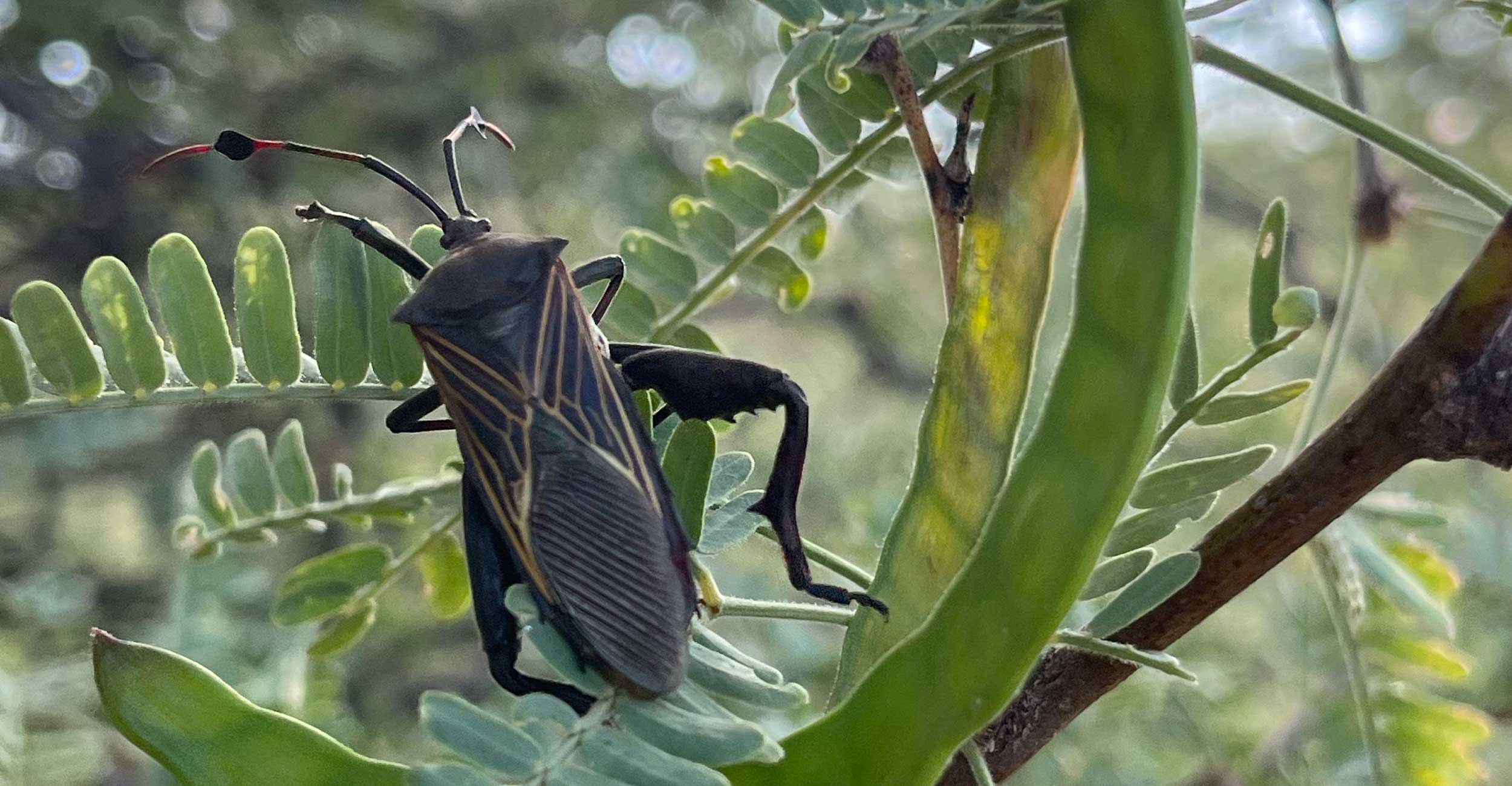
Putting their guard up: Integrative biology’s Emberts researching animal armor and defensive evolution with NSF grant
Monday, July 22, 2024
Media Contact: Elizabeth Gosney | CAS Marketing and Communications Manager | 405-744-7497 | egosney@okstate.edu
Dr. Zachary Emberts, an Oklahoma State University Department of Integrative Biology assistant professor, is researching animal armor and fighting behavior with more than $700,000 in awards from the National Science Foundation.

“Many animals compete with other members of their species over access to resources such as food, shelter and mates,” Emberts said. “As a result, some species have evolved weapons to help them outcompete their rivals. Examples include the branching antlers of deer and the elongated horns of rhinoceros beetles.
“However, weaponry alone is only half of the picture, as many species have also evolved ways to defend themselves against their rivals.”
Focusing on the outcomes of male-to-male combat, Emberts said he is interested in discovering “the costs, benefits and evolutionary consequences of defensive structures.”
“Generally, when we think about animal armor, we think of armor that is used in predator-prey interactions — like the armor on an armadillo,” Emberts said. “For this project, I am looking at armor that is used when two males of the same species compete with one another.”
Understanding animal armor may be the key to advancing knowledge applied to developing protective equipment used by humans.
“Continued research on animal armor could potentially help us better protect ourselves in the future,” Emberts said. “For example, research on mantis shrimp armor is being used to help design the next generation of ultra-strong materials, with everyday application being things like better helmets.”
Culminating his research, Emberts will create a museum exhibition to be featured at OSU in the Public Vertebrate Collection Display located in Life Sciences West and at the University of Oklahoma’s Sam Noble Museum.
“My plan is to incorporate taxidermized animals to highlight the diversity of armor in animals,” Emberts said. “Examples include the quills of porcupines and the osteoderms of crocodiles. I also plan to include images of other armored animals. For example, I will include images of pill bugs, which are found right in our backyards, rolling into a ball.”
Integrative biology head Dr. Jason Belden applauded Emberts’ ambition and achievement.
“Given that National Science Foundation grants in this field are highly competitive, it is impressive that Dr. Emberts received one so soon in his career,” Belden said. “This award provides significant funding for both graduate and undergraduate research and will allow Dr. Emberts to maintain his research and student mentoring at very high levels.”
Story By: Erin Weaver, CAS Communications Coordinator | erin.weaver@okstate.edu
